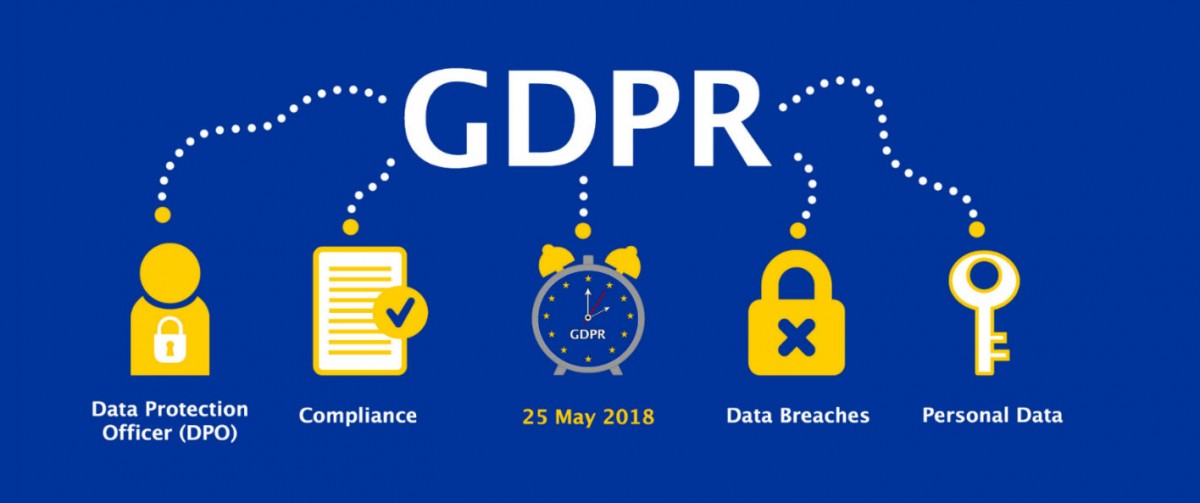Easy ways to reward staff without giving them a pay rise
As a business owner and employer, you may have realised by now that recognising your staff’s hard work and dedication is an effective way to keep moral high. Business owners sometimes assume that the only way staff want to be rewarded is with a cash incentive, such as a bonus or a pay rise. However, that isn’t always the case and is not always possible. Thankfully, there are some amazing alternative ways to reward staff, when there’s no money in the budget for an increase in salary or you want to build and retain key staff. Here’s how…
Offer the opportunity for progression
Often for employees it isn’t just about money; it’s about feeling like they are progressing within a company. Knowing they are moving up the career ladder instils a sense of security and helps staff feel valued. So if the situation allows it, promoting someone from say, Account Executive to Senior Account Executive is often all they really want or need.
Vouchers
Who doesn’t love receiving a gift voucher? Do a little digging to find out which restaurants, shops or hotels an employee loves and present them with a voucher to treat themselves.
A day off
A simple, yet effective way to show your appreciation is to give an employee an extra one or two days off on top of their current holiday allowance. This means they can book a longer holiday, or use the day as they wish, whether that be lazing about at home, or doing something they enjoy.
Set high standards for training
As well as benefiting the employee, you’ll also reap the advantages of training staff. Whether it’s offering on-site training, or presenting them with the opportunity to enrol in a course, which will help further their career, regular training is effective in ensuring staff remain loyal to the company and they learn a new skill or knowledge which benefits the business.
Take them out
Who would turn down the opportunity to get away from the office, particularly when it’s paid for?! Whether it’s lunch in a restaurant, a drink in a bar or something more extravagant, taking staff out shows you value their hard work and builds stronger relationships within the workforce.
Employee of the month
This strategy has been around for years, which isn’t surprising, given its ability to instantly praise an employee and boost morale. Not only will you be highlighting their great efforts, you’ll be letting everyone else know. Plus, you’ll spark a little healthy competition among employees who are keen to earn the title for themselves.
A thank-you note
An old fashioned idea but a goodie… a simple, handwritten note to an employee, acknowledging their good work can go a long way. Leave it sitting on their desk so that they pick it up when they arrive at work the next day. You would be amazed at what this does to someone’s attitude at work and their work performance!
Be their mentor
Or if that isn’t possible, assign someone else who would do a good job. Appointing someone who will help an employee grow and progress within your company is an amazing opportunity that many would snap up in a heartbeat. Choose someone who the person can really learn from and who they admire to ensure it is a worthwhile opportunity.
Making the effort to regularly reward staff by supplementing pay rises and bonuses with some of these perks, brings with it many benefits such as:- staff work well together in a friendly environment, staff will work harder and create better results at work and you hold onto key staff that you don’t want to lose, which ultimately strengthens your business.
If any of these issues are causing you some problems, contact Julie Pollock on 07858089006 or julie@consulthr.co.uk to discuss further.































